The lost and found theaters of Eastside LA
What movie houses are left in Northeast Los Angeles and on the Eastside?
It can be hard to tell because some have been razed to make way for development while others are being used for something else entirely and have been altered to the point that it’s nearly impossible to see remnants of the theaters they once were.
Much like historical spaces such as the Pantheon in Rome, nonprofit or religious groups have moved into some theaters and kept the exterior and much of the inside intact. And similar to Apple’s work on the Tower Theatre, some organizations like Vidiots are restoring these spaces to their former glory.
Originally based on the West Side, Vidiots was a film space started by two women, Patty Polinger and Cathy Tauber in 1985, according to a story last year by Variety. Sadly, the Santa Monica location shuttered its doors, looking to find a new home for its 50,000 title collection.
When Vidiots took over a theater In Eagle Rock, many residents were excited about the renovation at the Yosemite Theatre. In December of 2020, the Eagle Rock Association tweeted: “Our request to remove costly and burdensome conditions on @vidiots was successful! A big thank you to the #EagleRock community for turning out and making your voice heard to support this small non-profit arts organization and neighbor!”
Out of all the historic theaters in Los Angeles, Vidiots chose the Yosemite Theatre. For years, a church occupied the space, and now Vidiots plans to return the space back to its original purpose, according to its website detailing plans for the space.
The almost 100-year-old theater will hold its collection of titles, but also have screenings and events held in its event space or 250-seat theater. Cinema fans have helped restore the space through donations, while independent studios like A24 held an auction for limited edition items benefitting the theater, which closed on Nov. 11.
Cinema has been around for 125 years, and it has faced numerous challenges that threaten its survival: The introduction of sound, streaming services, and now, a pandemic. Each challenge claimed a few victims, yet some have still managed to survive and transform into new spaces for the Los Angeles community.
Driving around Los Angeles, one sees theaters that are still showing films, and others that have turned into drug stores or other shops. An urban scavenger hunt also shows that some theaters were leveled to make way for a different building, or in the case of the Garden Theatre, it was demolished so that a freeway underpass for the 710 Freeway could exist on Telegraph Road. This is a brief history and virtual tour of the theaters of East Los Angeles and surrounding communities.
The Eagle Theatre

Opened on May 3, 1929, as The Yosemite Theatre, the name changed to The Eagle Theatre in 1940. The theater closed in 2001 when a church moved in and it vacated the space in 2019. It is the future location of the Vidiots Foundation.
The Bob Baker Marionette Theatre

Opened Aug. 1923 as the York Theatre, it closed around 1955. The space has been a barbershop, an artisan organ store, and in 1985, Pyong Kang Church took residency until 2017. The Bob Baker Marionette Theatre moved in and reopened it on Nov. 29, 2019.
The Highland Theatre

The Highland Theatre opened its doors on March 5, 1925. Still playing movies, it has three screens and 1,450 seats.
Teatro Boulevard
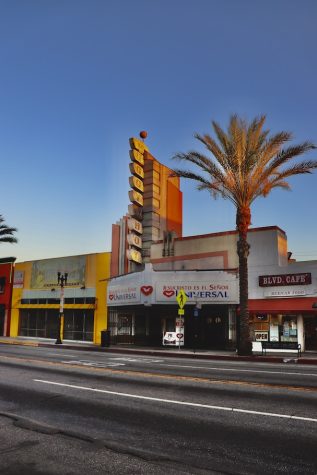
Opened as the Red Mill Theatre in 1923, in the seventies, the theatre was renamed “Teatro Boulevard” and screened Spanish speaking films. It currently is occupied by a Spanish-language church.
Golden Gate Theatre

Opening in 1927, the Golden Gate Theatre featured two marquees and had a 1,345-seat theater. On Aug. 18, 2012, CVS moved in.
The Alameda Theatre

The Alameda Theatre screened Spanish speaking films from 1972 to 1986. It has been a car showroom and now features retail stores.
The Unique Theatre

The Unique Theatre was constructed in 1927, and as it grew closer to closing its doors, it played Spanish-speaking films until at least the mid-1970s. Los Angeles County Supervisor Hilda Solis made a motion Aug. 31 approved by the board of supervisors to make the marquee a local historical landmark.
The Park Theatre

The Park Theatre originally opened in the 1930s and was closed in the 1980s. It was replaced by the twin theaters and now offers two screens of films for the neighborhood of Huntington Park. It’s now called the Park Twin Theatre.
The Warner Huntington Park

The Warner Huntington Park opened on Nov. 19, 1930. The theater began screening Spanish language films in 1978 to about 1991. After being abandoned for many years, the space was converted to house a gymnasium in 2018.
Community News produces stories about under-covered neighborhoods and small cities on the Eastside and South Los Angeles. Please email feedback, corrections and story tips to [email protected].

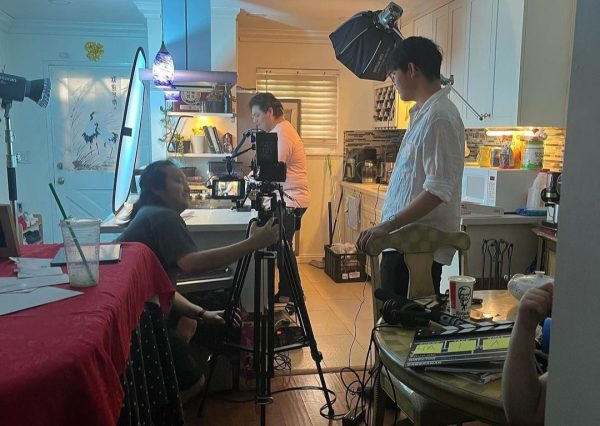
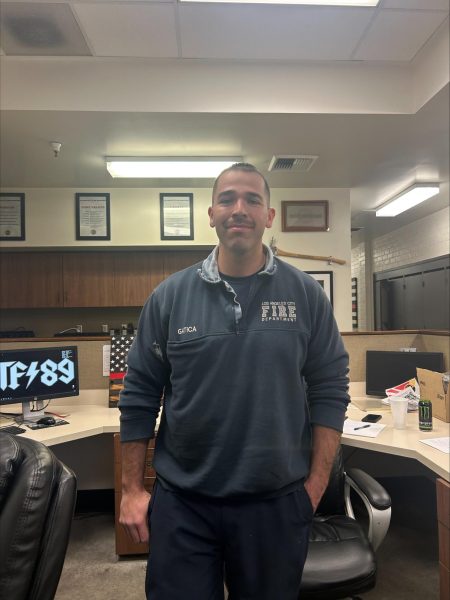

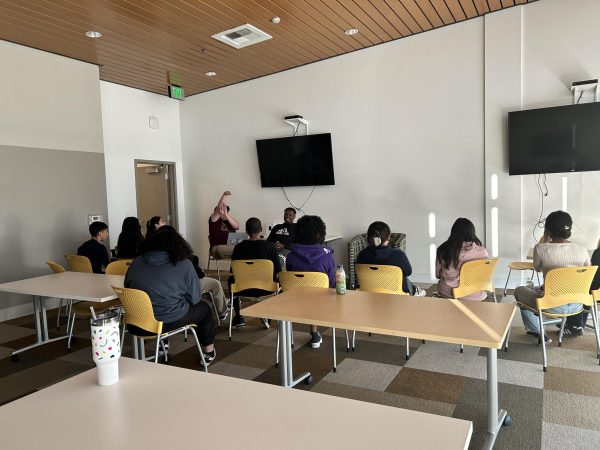
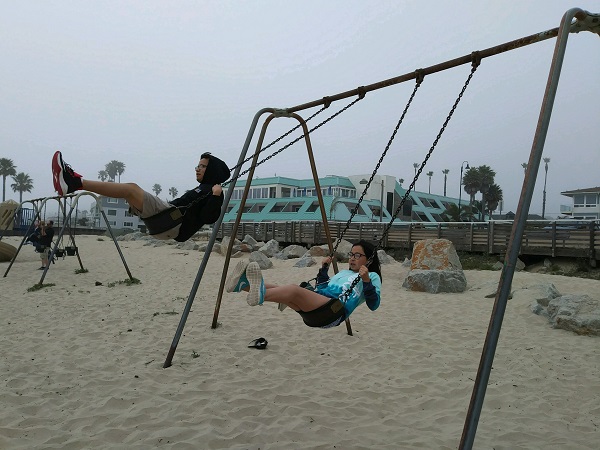
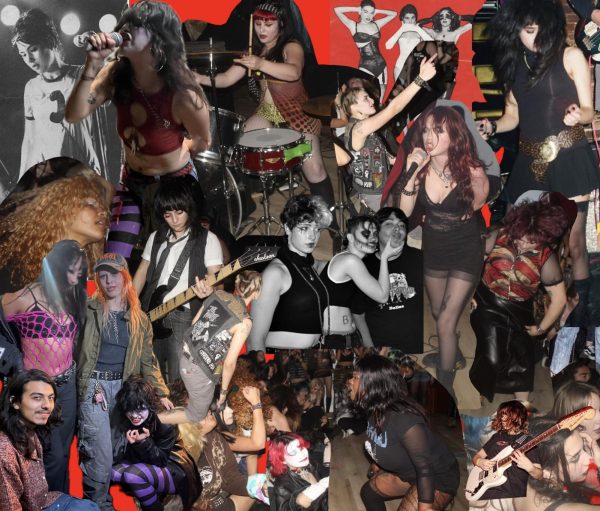
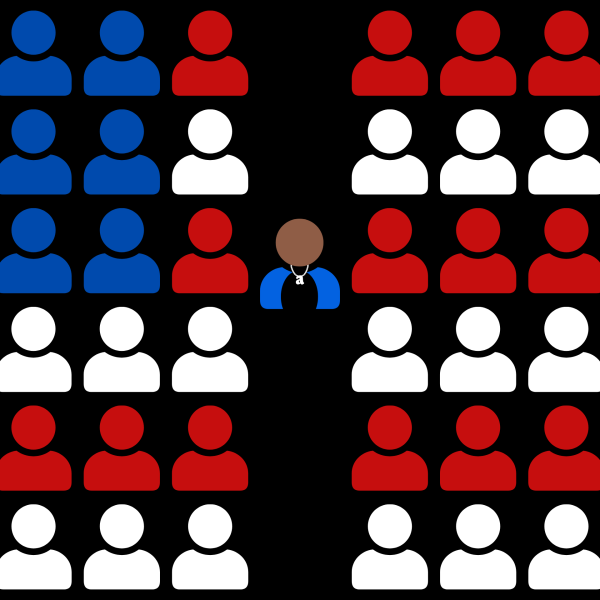



Jim Lytell • Jan 6, 2023 at 4:10 pm
You forgot to include the Center Theater
which was located at 4762 Whittier Blvd.